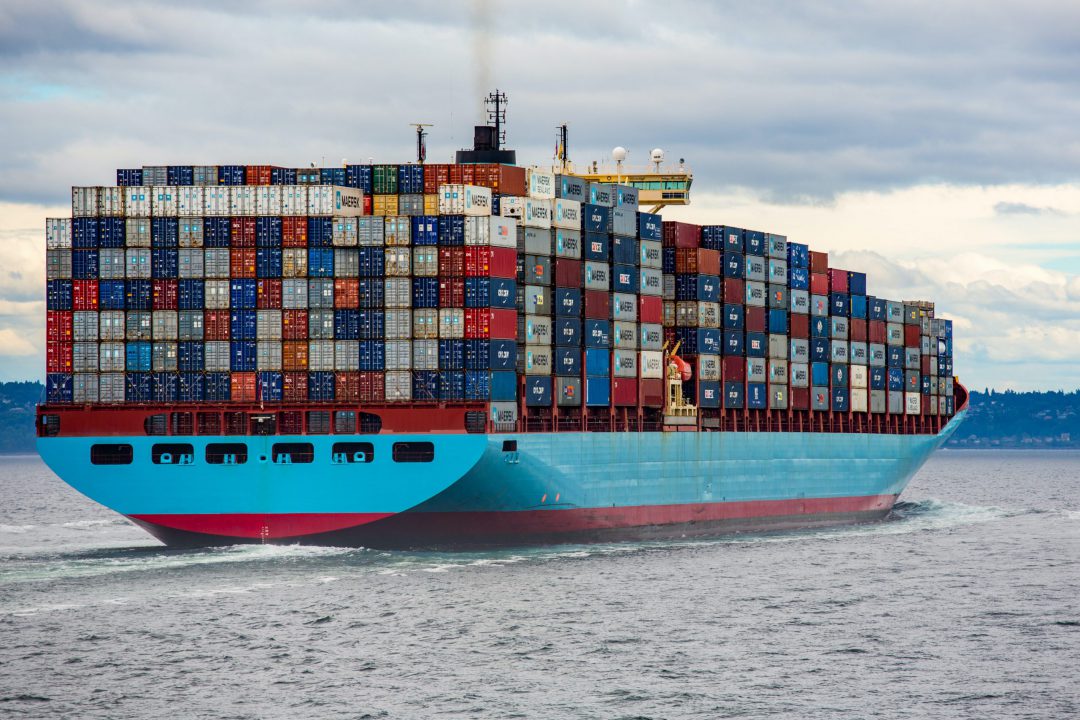November was a productive month for The Port of Virginia as it processed nearly 291,000 TEUs and began moving forward on an expansion of the port’s rail capacity.
November’s volume was the highest of any November in the port’s history: cargo was up 10,891 TEUs, or nearly 4 percent when compared with the same month last year, which was the best November on record. When compared with October, November’s volume was down nearly 9 percent or 28,000 TEUs: in October, the port set its all-time single-month volume mark having handled more than 318,000 TEUs.
In parallel to processing record cargo volumes, the port is progressing with critical infrastructure projects – expanding rail capacity and channel deepening — that will help accommodate ultra-large container vessels and drive even greater efficiency. At its November meeting, the Virginia Port Authority Board of Commissioners approved an $80 million expansion of the Central Rail Yard at Norfolk International Terminals.
“We had a productive November in terms of volume, but equally important is that we now have a clear path forward on expanding our rail capacity at NIT and that effort will be underway shortly,” said Stephen A. Edwards, CEO and executive director of the Virginia Port Authority. “The completion of the railyard expansion is timed to support the opening of the new deeper, wider channel and both of those projects will be in place and ready support the expansion of NIT’s North Berth.
“In a little more than two years The Port of Virginia will be served by the deepest and widest ship channel anywhere on the US East Coast. Pairing that channel depth with modern terminals and a significant increase in double-stack, on-dock rail capacity is going to attract big ships and more cargo volume. We are going to need the rail capacity to support the additional cargo we’ll be getting from this shift of big vessels to Virginia.”
When complete, NIT’s Central Rail Yard will be able to accommodate 610,000 annual container lifts; current lift capacity is 350,000 at NIT and 480,000 at Virginia International Gateway. The work on the Central Rail Yard begins in February 2022 with completion scheduled in late 2023. The work to widen the channel and deepen it to 55 feet will be finished in late 2024.
“Interest in The Port of Virginia is very high right now because we are not experiencing any congestion and we are able to accommodate those vessels that are off-schedule,” Edwards said. “Operationally, our performance remains best-in-class, so we are delivering service and real value to all of our customers — the owners of goods in containers and breakbulk cargo owners.”
Import loads and empties helped drive November’s volume, up 13 percent (+16,403 TEUs) and 465 percent (+3,617 TEUs) respectively. In addition, breakbulk tonnage was up 229 percent, or nearly 17,000 tons, and total barge volume was up 50 percent, or nearly 2,600 containers.
To see the port’s operational metrics on productivity at the berth, rail ramp and truck gates, click here.
With one reporting month left in 2021, the port’s TEU volume is 3.2 million TEUs, an increase of 644,293 units (+25%) vs. the same period last year with gains made across almost all phases of the operation.
November Cargo Snapshot (2021 vs. 2020)
- Total TEUs – 290,759, up 3.9%
- Loaded Export TEUs – 84,002, down 5.6%
- Loaded Import TEUs – 141,617, up 13.1%
- Total Containers – 161,993, up 6%
- Virginia Inland Port Containers – 1,946, down 19.5%
- Breakbulk Tonnage – 16,683, up 228.8%
- Total Rail Containers – 52,107, up 4.3%
- Total Truck Containers – 102,112, up 4.6%
- Total Barge Containers – 7,774 up, 50%

























